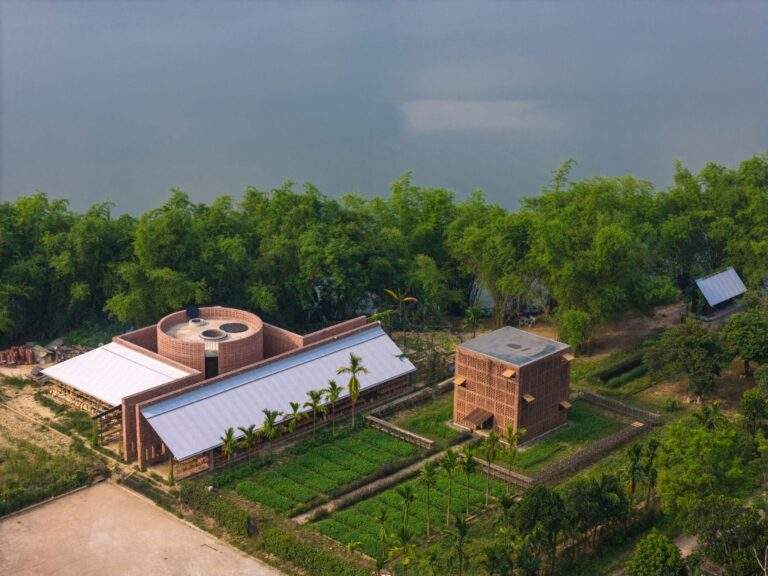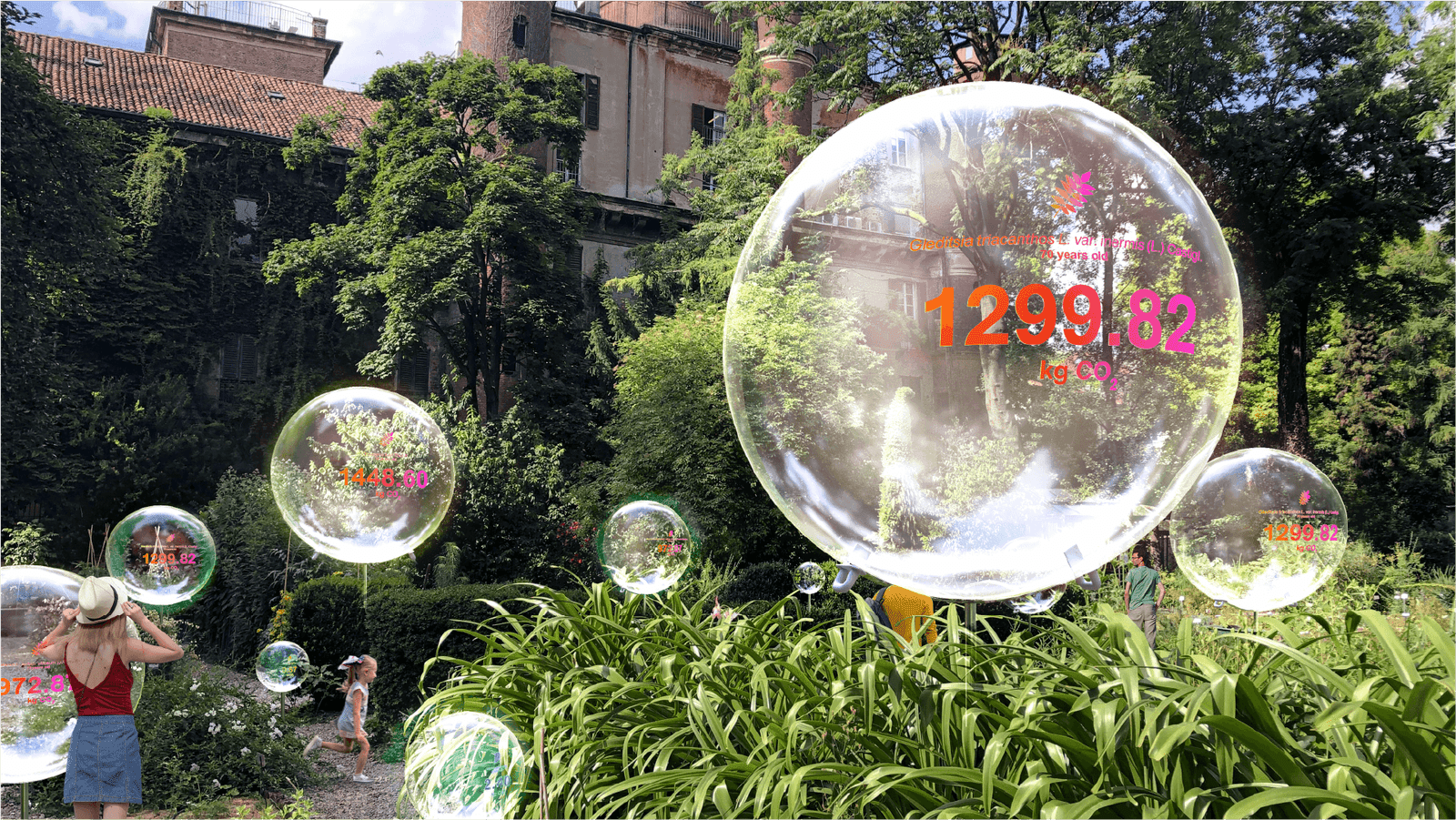The National Institute of Water Sports in Panaji, Goa
The National Institute of Water Sports, designed by MOFA Studios, is a significant facility located on the coastal site of Panaji, Goa. It serves as a comprehensive center for water sports and tourism management courses.
Architectural Inspiration
Inspired by the dynamic nature of the sea, MOFA Studios crafted the institute’s architecture to mimic trochoidal waves. The building features three interconnected, curved volumes clad in scaly panels, symbolizing movement and fluidity.
Design Elements
The institute is structured around three main curved volumes that converge at a central rectilinear entrance foyer and common room. These volumes are constructed with concrete for the central structure and steel gridshell covered with metal sheets and diamond-shaped scale-like panels for the curved sections.
Interior Layout
Internally, the spaces are organized into functional zones with fluid, interconnected areas between them. This design encourages informal interactions and enhances flexibility in use, supported by exposed gridshell structures creating winding walkways and communal squares.
Features and Facilities
Facilities include accommodation, dining areas, an Olympic-size swimming pool with views of the sea in the northern wing, and an auditorium, teaching areas, and conference rooms in the southern wings. These are interconnected by a bridge over a wood-decked plaza.
Views and Connectivity
Large windows provide panoramic views of the swimming pool and sea, while the roof of the largest volume features translucent glazing to maximize natural light in the central corridor.
External Elements
The east side features a winding bridge leading from the road through a rainwater pond, integrating natural elements with architectural design.
Context and Similar Projects
The design of the National Institute of Water Sports reflects MOFA Studios’ innovative approach in blending architectural form with natural inspiration, creating a functional and visually striking facility that harmonizes with its coastal setting.
Finally, find out more on ArchUp:







